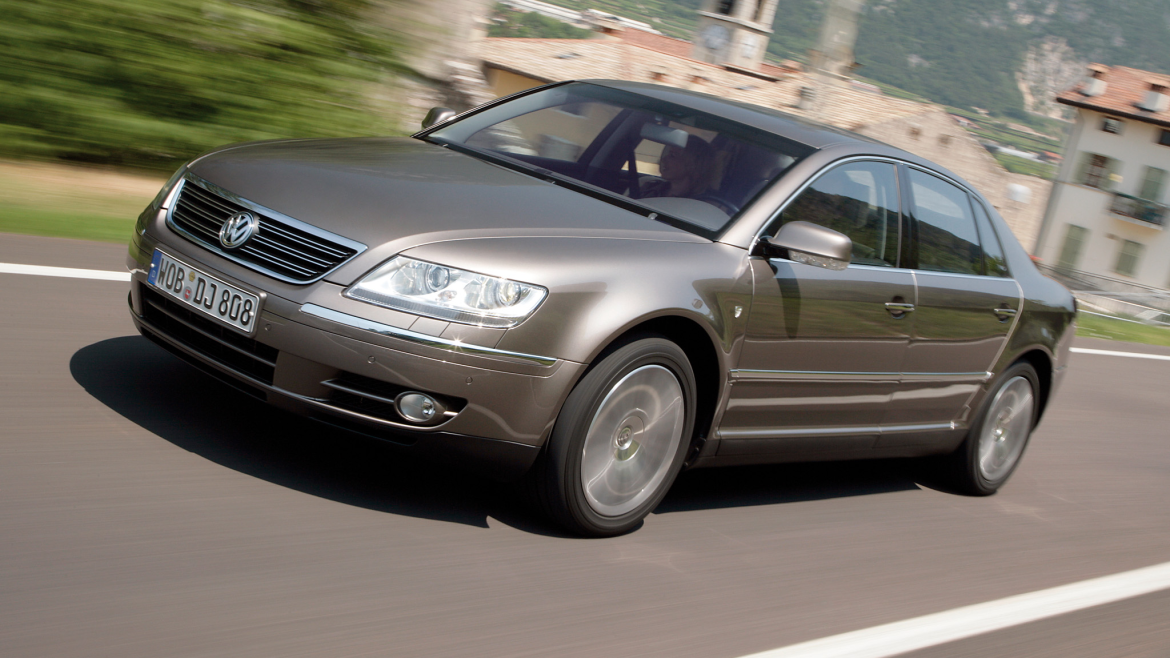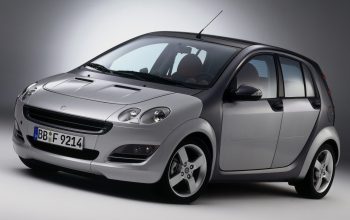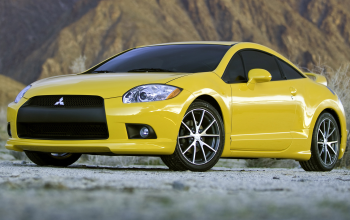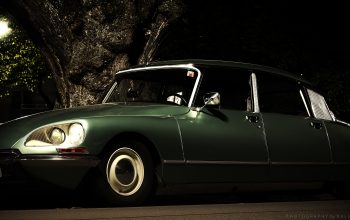A visionary leader, hellbent on crushing the competition with the very best.
It is early 2000’s, and the automotive market is jam-packed with luxurious executive barges. BMW’s E65 7 Series took the market by storm, Maybach got their hands on the latest S-Class and Audi’s V8 and W12 powered A8 shows its efficiency and unrelenting prowess by taking Jeremy Clarkson from London to Edinburgh and back without any refueling. In a market as competitive and harsh as this, Volkswagen’s CEO Ferdinand Piech would order his engineers a car that would demolish all of its rivals in every single way; luxury, power and technology. The result is Phaeton: a car that established itself as one of the best Volkswagen models of all time, so much that it won this weeks’ car of the week competition, beating giants like HEMI ‘Cuda and Porsche 917 K to take its place here. Let’s get into it!
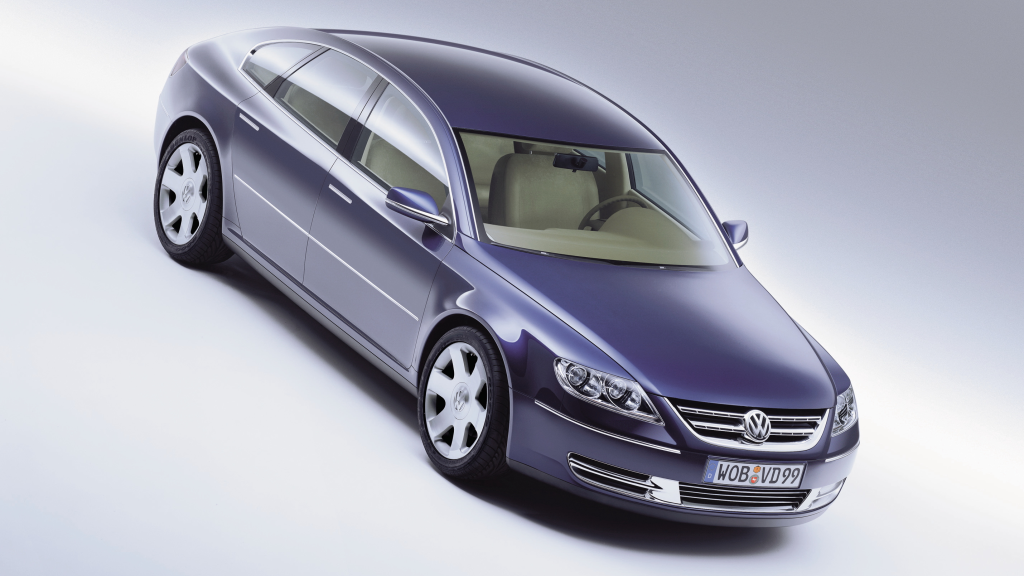
Volkswagen Concept D: The Beginning of Piech’s Dream
Volkswagen’s Ferdinand Piech wanted to take the executive market by storm, and to destroy such a competitive warzone, his engineers would work on their new project for many years to come. Piech gave the automotive world the first glimpse of his magnum opus in 1999 Frankfurt Motor Show, named ”Concept D”, which was a liftback four-door that shares many design aspects with the production model. The concept car was fitted with a 6-speed automatic gearbox and a 5.0L TDI V10 engine, producing 313 HP and 750 nm, and this engine was also used on the production car as well. The Concept D weighed around 1800 kg (3968 lbs).
Apart from the massive diesel engine, the Concept D was also fitted with Volkswagen’s 4Motion all-wheel drive system and air suspension with adaptive damping. The features in this concept would foresee what the possible customers could expect from the retail product, but the most powerful driving force of the project would be Ferdinand Piech himself. He was quite an ambitious visionary, to say the least, as he is also the reason we have cars like Bugatti Veyron and Audi quattro. He not only wanted his new project to be the best in its segment, he also wanted it to be the best selling. So the pursuit to the best executive car was born, and his new project that Volkswagen had been working hard was finally unveiled in 2002.

Exquisite and Exclusive: The Phaeton
Naming his new ambitious project after the son of Phoebus, Phaëton in Greek mythology, Piech decided that the new Phaeton would debut in 2002 Geneva Motor Show. Made to rival the comfort-oriented executive saloons like Mercedes-Benz S-Class, it would also rival the Audi A8 and BMW 7 Series, which are known to focus on the performance aspect more. Ferdinand Piech wanted to up the brand image and decided to make Phaeton the flagship model, and on top of that, he also demanded ten parameters to his engineers that they needed to fulfill. That’s right, the Phaeton had ten certain goals it had to accomplish, or the whole project would be written off. Piech’s bucket list included the capability of being driven at 300 km/h (186 mph) the whole day while maintaining 22°C (72°F) interior and 50°C (122 °F) exterior temperature. Knowing that the car is electronically limited to 250 km/h (155 mph) as a result of the gentleman’s agreement, it is safe to say that Phaeton can easily reach 300 km/h without the limiter.
Phaeton was based on Volkswagen D platform, shared by models like Bentley Continental Flying Spur, Continental GT and A8. In fact, it shared its gearbox and the V10 TDI engine with the A8, the only difference being Phaeton’s all-steel bodywork, while Audi opted for all-aluminium. Because of this, the A8 was quicker and more efficient than Phaeton, but as stated before, speed was not the top concern of this project at all. Also, despite this seemingly conventional approach, Phaeton was actually one of the most innovative cars of its time, adorned with myriad of features never seen before in any Volkswagen such as draftless four-zone climate system, a new Torsen-based 4Motion all-wheel drive, automatic distance regulator (ADR) and radar adaptive cruise control. The Phaeton was also a hand-assembled car in Volkswagen’s Transparent Factory in Dresden, sharing the assembly line with Bentley Flying Spur.
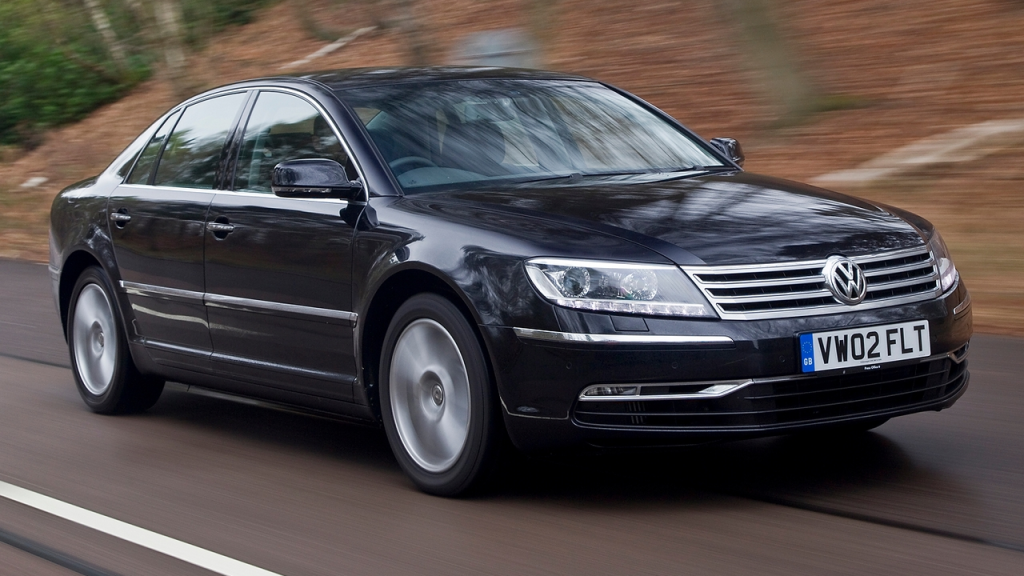
Engines of the Phaeton
Possibly the best aspect of these big behemoths were their engine options. Customers could get the entry-range 3.2L EA390 VR6, the diesel 5.0L V10 that has enough torque to move your house, or be the best one on the Autobahn with the 6.0 L W12 that offered butter-smooth ride while having scary acceleration. The naturally-aspirated W12 produces 444 HP and 560 nm, which allows it to reach 60 mph in 6.1 seconds (5.9 seconds for the updated W12’s from 04-11). Considering the kerb weight of 2317 kg (5108 lbs), it was quite literally a behemoth on the tarmac, and remember, Phaeton’s only pursuit related to speed was Piech’s 300 km/h barrier. Was it economical? Not really, but it could still push up to 14.5 L/100 Km (16 MPG) which is still impressive for a car its size. The A8 and Phaeton were the only cars in the world to have been powered by naturally-aspirated W12’s, as the later models and Bentleys would use turbochargers.
The lesser engines like the 3.2L VR6 could produce 238 HP and 315 nm. The 3.0 V6 TDI that was introduced in 2004 could only produce 227 HP and 370 nm. I mean, come on, imagine driving such a big car with this amount of power. It renders the whole point of it obsolete. More rational options (definitely not for your pocket) include the 4.2L V8 shared with the A8 which produces 330 HP and 430 nm, reaching 60 mph in 6.9 seconds. Finally, the diesel 5.0L V10 TDI produced 309 HP and 750 nm, offered better efficiency and a 0 to 60 time of 6.9 seconds, identical to the V8 model. Honestly, though, these performance figures tell only half the story. The Phaeton was Piech’s vision of a perfect Volkswagen, and it sounded great on paper and the execution was nothing short of flawless. However, the important question is, how well did it perform against its rivals on the market regarding sales and costs?
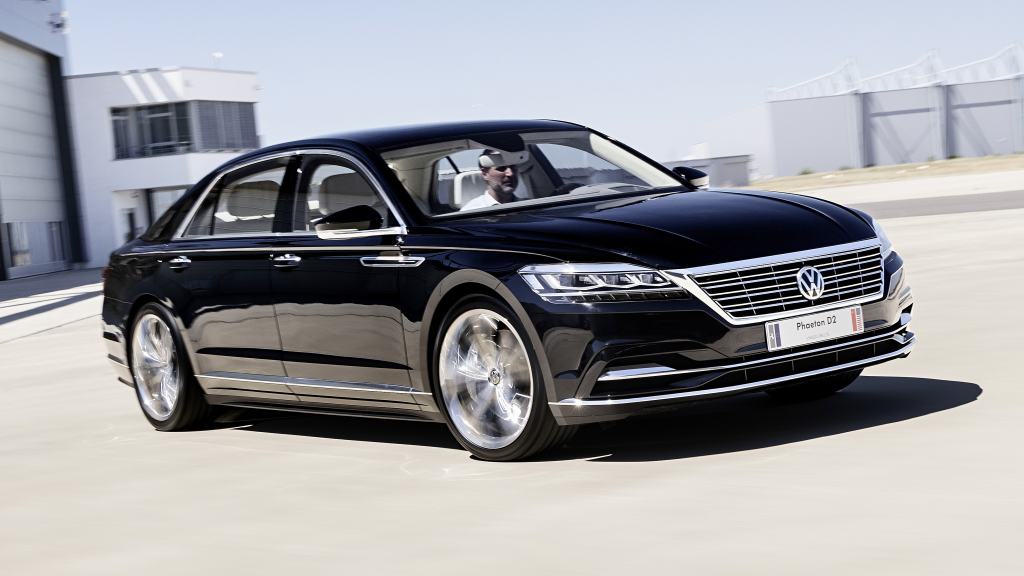
Fate of the Giant & Leaked Cancelled Model
It’s safe to say that Phaeton was too far ahead of its time, as it could not meet the sales expectations of Volkswagen. In total, two generations were produced (first three series. 2002 to 2011 and fourth series. 2011 to 2016) and a total of 84,253 units were built and sold, a fraction of what Volkswagen anticipated. The majority of the sales were in China and South Korea. The Phaeton was praised for its excellent comfort and driving abilities, but it was deemed far too advanced and overengineered for its time, which is a great recipe for sale failure, unfortunately. The fact that it was similarly priced with A8, S-Class and 7 Series did not help, either, as maintenance costs would double its rivals in case anything went wrong. The variant that took the most damage from the sale flop were the W12 models, which have depreciated ever since but still needs buyers with deep pockets.
The production of Phaeton ended in 2016, and it is honestly a miracle to see it survive that far in such a conservative market. Last year, however, Volkswagen leaked the cancelled third generation Phaeton D2 saloon prototype, which shows a significant visual and performance update over the second generation. This generation was also going to be fitted with a W12, but judging by the shrinking market, Volkswagen decided to shelf the project for good, leaving only the Phideon model that is exclusive to China as the sole executive saloon model of the brand. Despite being a sales failure, Piech’s acclaimed Phaeton is widely regarded as one of the best Volkswagen models of all time, which pushed the envelope and went further than its rivals just for the sake of being the best, and while it could not meet the market expectations, it won the hearts of executive car enthusiasts and the depreciated prices make it a tempting purchase.

